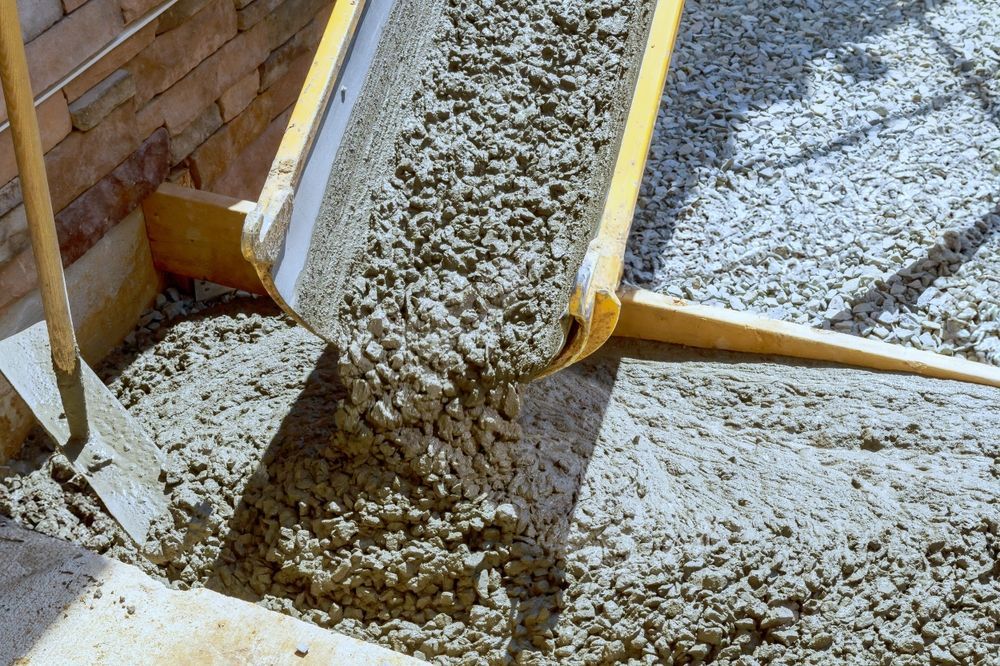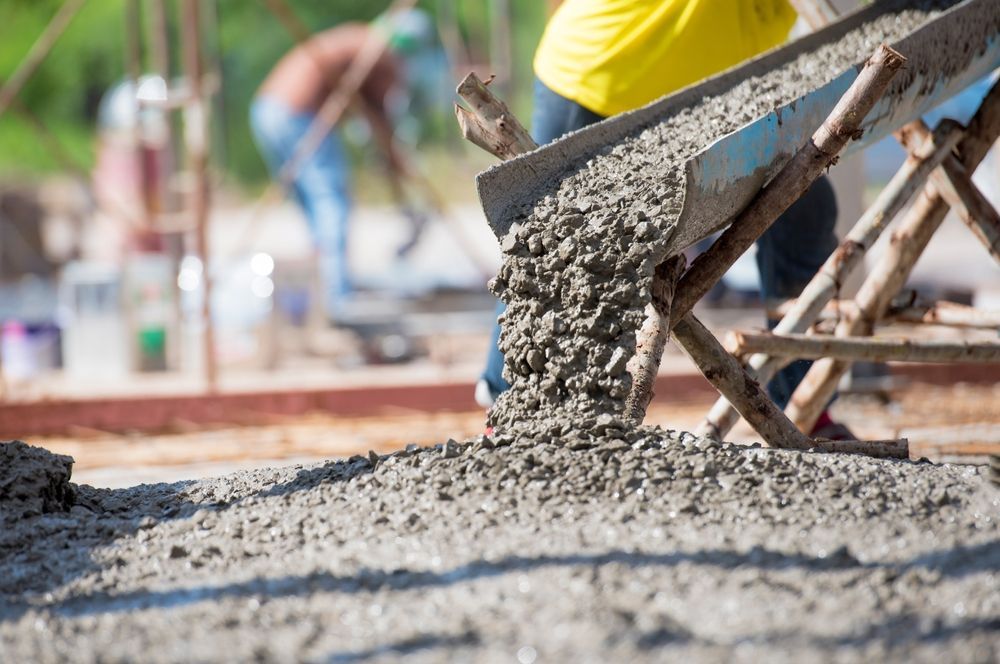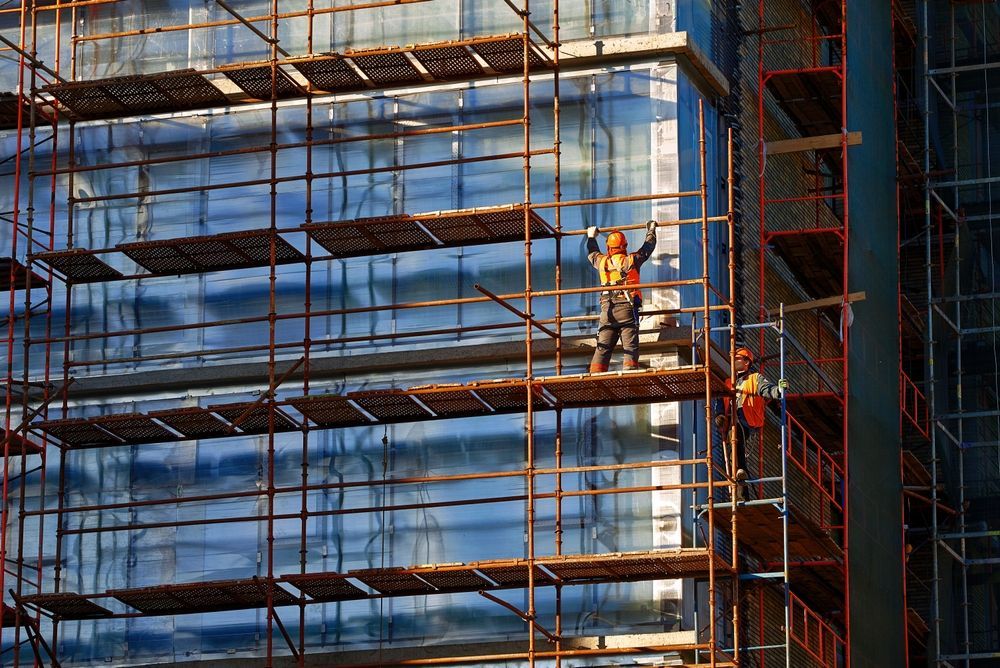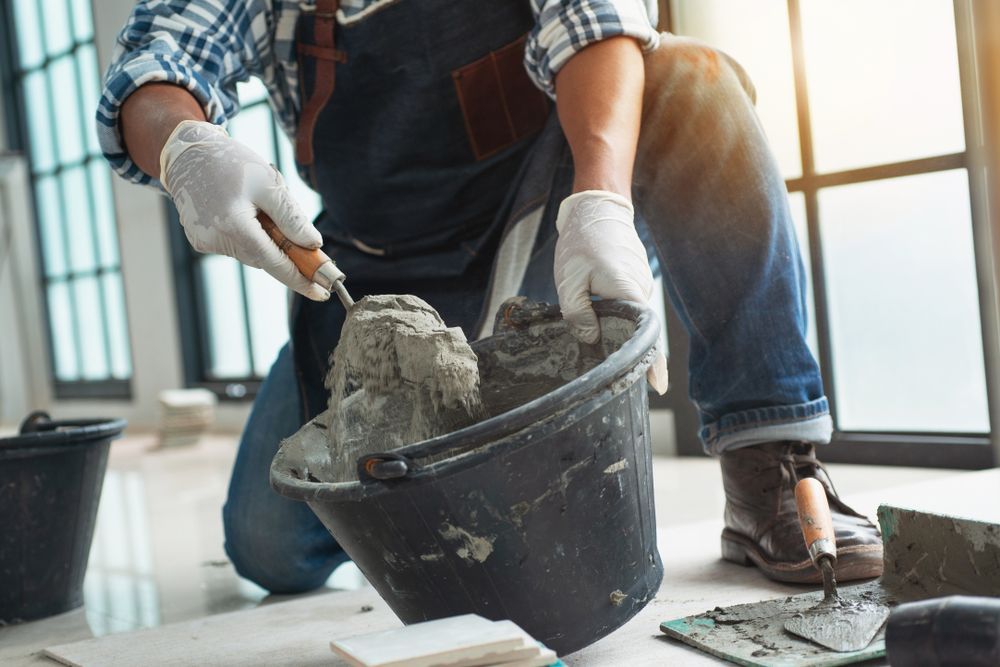Best Practices for Pouring Concrete in Hot Weather
Written by: Bracing Systems

The temperature of the air makes a big difference when you're pouring concrete. Whether you're pouring concrete in cold weather or pouring concrete in hot weather, you're bound to be faced with challenges.
Having the right construction supplies and the right information can help make your construction project a success. In this article, we'll talk about how to pour concrete in hot weather. We'll discuss why hot weather is a challenge, what tools can help with the process, and what steps you can take to avoid problems.
Does Hot Weather Affect Concrete Pouring?
Temperatures over 80° degrees Fahrenheit, particularly in the high 80's and into the 90's, can impact the way wet concrete pours and sets. Challenges you may run into in these temperatures include:
- Quick setting time. Concrete sets quickly in high heat. This can make finishing your concrete more challenging. If you're not able to finish your concrete before it sets, your slab may have surface deformities and problems with unevenness. This quick setting time also presents a challenge when you're installing control joints. These control joints prevent the slab from cracking, but the fast setting time means there's less time to create joints.
- Drying shrinkage. The volume of your concrete will change as it dries. High temperatures can cause extra shrinkage.
- Reduced strength. Concrete gets its strength from a hydration process that happens when water is absorbed and crystals are formed. In high temperatures, this process happens quickly, and the mix has less time to hydrate. This can lead to reduced compressive strength.
- Increased risk of cracking. The surface of your concrete will dry quickly at high, hot temperatures. If the mix becomes too dry too fast, this can lead to surface cracking.
While it's best to wait for cool weather to pour concrete, this isn't always possible. Fortunately, there are many things you can do to keep your concrete cool during the curing process. Taking steps to protect your concrete from high heat can help ensure that your concrete will set properly, even if you're pouring at high temperatures.
How to Properly Pour Concrete in Hot Weather
There are many steps you can take to pour concrete in hot weather. Using good concrete tools and preparing for your pour in advance makes a big difference. Whether you're a contractor or a DIYer, here's what you can do.
Dampen the Subgrade
Soil gets dry as the weather turns hot. During a pour, the water in your concrete will be absorbed into the surface directly beneath the concrete. Hydrating the soil beneath your concrete before the pour will help prevent this problem from happening. This helps keep your concrete wet for longer.
Time the Pour
The hottest time of day is usually in the mid-afternoon. Pay attention to the weather forecast, and plan to pour concrete during the coolest part of the day. This may mean scheduling your concrete delivery in the morning (if you're mixing off-site) or calling in workers to mix concrete in the early morning. Either way, get organized and have your crew ready to pour concrete early. Get concrete forms ready the day before.
Add Cold Water
Chilled water can help keep your concrete cool. Pour cold water into your concrete and reduce your mixing time. Over-mixing can lead to extra evaporation. If you're mixing small amounts of concrete, cold water in a cooler should be adequate. If you're mixing large amounts of concrete, plan to have an industrial mixer on site.
Use Admixtures
Admixtures are additives that do things like improve concrete strength. Look for admixtures that stabilize hydration or slow the setting time.
Pour as Fast as Possible
Once the concrete is mixed, pour it as fast as possible. Prep your crew the day before, so everyone knows their role and what they can do to keep the process moving. Assign workers different roles like smoothing, setting control joints, and hydrating the subgrade.
Apply Sealant Immediately
Applying acrylic concrete sealer immediately after finishing can help prevent moisture loss. Have the concrete sealer available and familiarize yourself with the application process before the day of the pour. This way, you'll be ready to apply sealer when the time comes.

Protect the Concrete from the Elements
Shade the area from direct sunlight to help keep the concrete cool as it sets. Have a cover or material on hand to protect the surface of the concrete. You can cover the concrete with damp burlap, a curing compound, or plastic sheeting.
Are there Downsides to Pouring Concrete in Warmer Weather?
The hotter it is outside, the harder it is to prevent your concrete from setting up too quickly. Pouring concrete in warmer weather may require you to use more materials, and may require more workers on site to get an even finish and proper joints. This is more expensive and can be harder to orchestrate. Whenever possible, pour concrete in cooler temperatures.
When's the Best Time to Pour Concrete?
The best time to pour concrete is in the early morning if the temperature outside is going to rise over 90° degrees Fahrenheit. Concrete cures best in temperature ranges between 70° and 80° Fahrenheit.
Find Your Concrete Supplies with Us
Pouring concrete in hot weather can be a challenge, but if you're working with quality materials, the job gets easier. At Bracing Systems, we help contractors and DIYers finish their concrete projects. We sell and rent a range of concrete finishing tools, decorative concrete supplies, and more. Bracing Systems is one of the biggest suppliers of concrete finishing materials in the Chicago area. We also rent equipment to help with your concrete projects.
Whether you're pouring concrete at high temperatures or on an ideal day, we're your source for concrete equipment. Contact Bracing Systems to get started with your equipment rental or to find out more about our concrete supplies.


